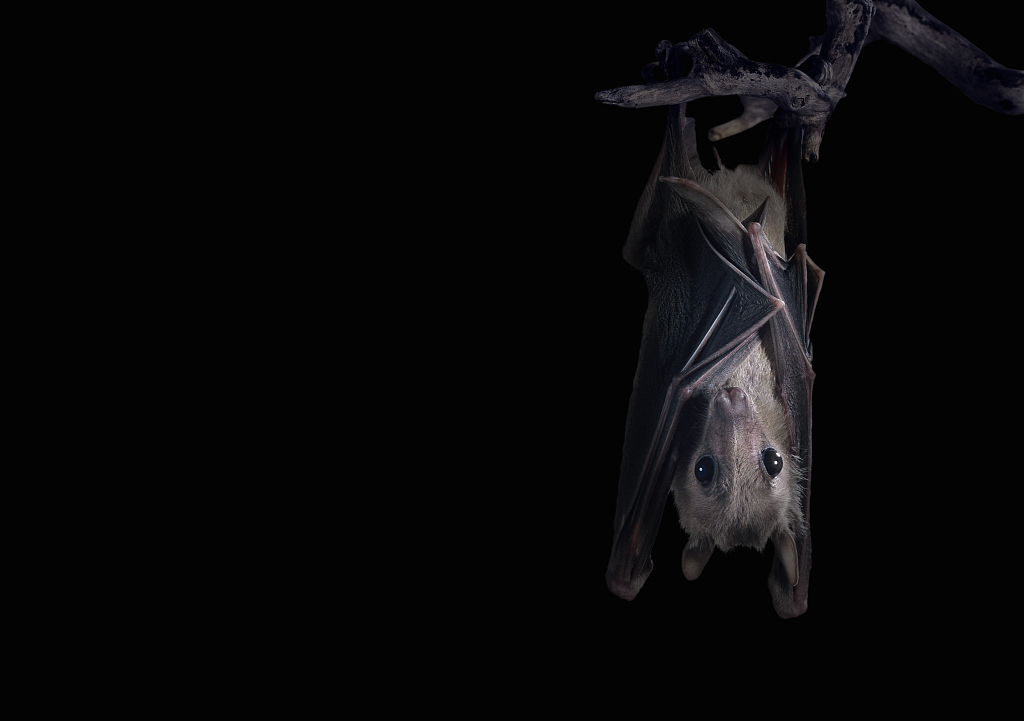In June, China's Ministry of Agricultural and Rural Affairs and National Forestry and Grassland Administration updated its list of animals in need of protection and started to collect opinions from the public from the internet. This is the first time that the wildlife conservation list in China is going to be revised since 1988.
From the outbreak of COVID-19 until now, the heat over animal-related topics has not decreased at all. Public attention first focused on if animals like bats and palm civets were the possible reservoirs of the coronavirus. But this shifted to problems with animal protection that were revealed by coronavirus studies. Topics like trafficking, poaching and illegal consumption of animal products drew the public's attention again and again.

As one of the first places to be affected by the COVID-19 pandemic, China has been publishing a series of new rules on wildlife protection. The conservation status for the pangolin has been lifted to the highest level and a complete ban on wildlife consumption was strictly enforced after the outbreak of coronavirus. Soon, wildlife in China will be classified more accurately in order to receive better protection. In this way, the coronavirus pandemic was not only a disaster that took away many lives, but also a chance for humans to reconsider what we have done to wildlife and biodiversity, and act correspondingly to right previous wrongs.

Now as the pandemic is easing, more and more people are slowly returning to their normal routine. As a regular person, what can you do to protect wildlife?
1. During the lockdown, a lot of wild animals have moved closer to cities and towns. If you encounter them, do not pet them, feed them or try to take them back as pets. This is not only for their safety, but also for yours.
2. If you find out about abnormal activities that might be related to trafficking, poaching and illegal consumption of wild animals, please contact the local authorities.
(All images via VCG)
(If you want to contribute and have specific expertise, please contact us at nature@cgtn.com.)